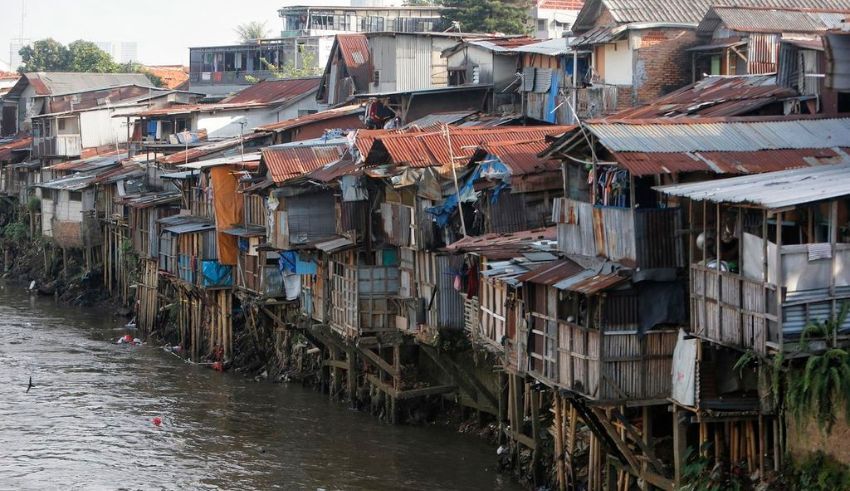
Last updated on August 7th, 2023 at 01:24 pm
By the end of 2023, Nunung Nuryantono, the Coordinating Ministry for Human Development and Culture’s deputy for coordination of social welfare improvement, expects the country’s extreme poverty rate to drop to 0.8 or 0.9 per cent. This forecast is consistent with Presidential Instruction No. 4, issued in 2022, which intends to eradicate severe poverty by 2024 completely. According to the most recent data from the National Socioeconomic Survey (Susenas), the rate reached 1.12% as of March 2023, indicating progress toward the challenging objective. Zero extreme poverty remains a big issue, especially in isolated areas with poor infrastructure and limited access to healthcare and educational resources.
Strategies to Address Extreme Poverty
To combat extreme poverty in Indonesia, Nuryantono suggested three main strategies:
- Assistance Programs: The Family Hope Program (PKH) and Direct Cash Assistance (BLT) are two examples of the government’s assistance programs that attempt to lessen the burden on low-income families.
- Increasing Income: To bring impoverished individuals and families out of extreme poverty, efforts will be made to increase their income.
- Reducing Poverty Pockets: Infrastructure and sanitation upgrades will increase access to necessary services and government aid while reducing poverty pockets in isolated areas.
Role of Village Governments
The Ministry of Villages, Development of Disadvantaged Regions, and Transmigration (PDTT) play a vital role in supporting the fight against extreme poverty. Village funds have been utilised to assist people categorised as extremely poor. Village governments are encouraged to target the three main strategies in managing village funds. To this end, they can allocate up to 25 per cent of village funds for providing Village Fund Direct Cash Assistance (BLT DD).
Keep Reading
Challenges Ahead
Bhima Yudhistira, executive director of the Center for Economic and Law Studies (Celios), outlined the significant obstacles to ending severe poverty by 2024. It is challenging to access and serve severely poor communities due to the state of the infrastructure in many distant areas. The delivery of government aid is hampered by the still-limited access to healthcare and educational institutions. To reduce extreme poverty and accomplish the ambitious target, connecting roads must be built, and public services must be improved in these locations.
Indonesia has taken steps to alleviate extreme poverty, and as of March 2023, the rate was 1.12%. By the end of 2023, the government plans to further reduce this percentage to 0.8 or 0.9 per cent with the help of village finances and aid programs. Nevertheless, it will be challenging to eradicate extreme poverty by 2024, especially in isolated areas with weak infrastructure. To uplift the most disadvantaged communities and achieve Indonesia’s lofty aim, it will be essential to concentrate on enhancing access to education, healthcare, and public utilities.




